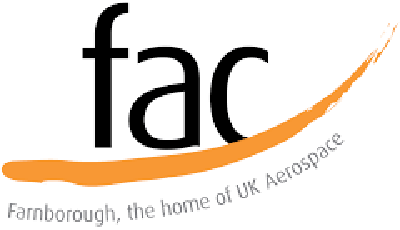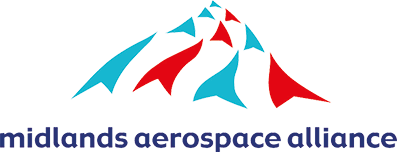SAFETY CHECK: THE IMPORTANCE OF A PROACTIVE APPROACH TO HEALTH AND SAFETY
As we enter a year of new opportunity for businesses in the North West’s aerospace sector, Lachlan Nisbet, partner and head of the regulatory and professional conduct team at purpose-led law firm Brabners, explains how a proactive approach to Health & Safety will enable firms to continue to thrive.
2025 is set to be another important year for the North West Aerospace industry, with incoming legislation set to affect procurement processes, alter protections against cybercrime, data protection and the digital economy, and reform employment law. We also await the Spring publication of the government’s formalised industrial strategy, which will provide a roadmap for the future direction of the sector.
During this period of change, it’s important that management teams remain on top of the operational issues within their immediate control. And with recent data showing that work-related injuries cost UK businesses more than £7bn in 2023 alone[1], health and safety is a key topic that will continue to be at the top of business agendas this year.
Checking your pulse
Indeed, the nature of the sector means that firms are subject to particularly stringent health and safety regulations – breaches of which can have huge financial and reputational implications.
Furthermore, as new technologies and manufacturing processes become more commonplace – fuelled in part by priorities set out in the Industrial Strategy – the number of regulatory considerations for firms to address is only set to grow.
Many of the sector’s businesses are suitably resourced and well-versed in developing, implementing and regularly reviewing health and safety strategies, policies and management systems. However, it’s increasingly important to ensure that strategies are proactive and even pre-emptive. This is especially the case for SMEs, which account for more than 280,000 roles in European aerospace[2] – the largest employer of any sector.
Small and medium-sized firms are ultimately less likely to have the financial resources to give over to compliance and when budgets tighten, we often see compliance costs included in the first round of cuts. With that being said, these businesses can least afford the consequences of failure and are also more likely to feel the impact of absences due to workplace incidents than their larger counterparts, with a staggering 33.7 million working days lost to work-related ill health and workplace non-fatal injury last year.[3]
Setting up the guard rails
In our experience, many firms work reactively when it comes to health and safety, seeking legal support only once a regulatory breach has occurred. However, by seizing the initiative and implementing proactive processes, businesses can identify and eliminate blind spots in compliance, significantly reducing the likelihood of serious incidents occurring. It’s important for firms to ensure that robust processes are in place so that they are always ready to deal with regulatory scrutiny.
Comprehensive risk assessment remains the cornerstone of a robust health and safety strategy. By taking inventory of potential risks and subsequently implementing preventative measures, alongside contingency plans for the worst-case scenario, a business has already done most of the heavy lifting towards developing an effective mitigation strategy.
And once a strategy is in place, it’s important that complacency isn’t allowed to creep in. Given the often-fluid nature of risk, health and safety systems need to be ‘living and breathing’ processes. Businesses should be able to show a clear board-driven strategy, evidence of regular review and reassessment, and an embedded culture of safety within their organisations. When it comes to the regulator, written records are paramount.
Brabners Protect
This sentiment has underpinned the launch of Brabners’ new health and safety consultancy offering: Brabners Protect. Brabners Protect enables business owners to access the firm’s multi-disciplinary expertise and leading health and safety consultancy services through a single integrated package, tailored to their specific needs.
Businesses utilising Brabners Protect benefit from an Initial Status Review, which provides a comprehensive overview of a management team’s regulatory compliance and identifies any risk areas. The team then works with clients to develop and implement a bespoke health and safety programme aimed at meeting the needs of the business without ‘overbuying’. Brabners Protect offers a high-quality, competitively priced solution, providing access to specialist consultants across a range of areas. Our retained services packages are tapered to ensure that businesses become competent and confident to manage health and safety and always remain ‘inspection-ready’.
Under the retained services offering, clients also benefit from ongoing reviews, training, monitoring and on-site consultancy to provide continual reassurance that their health and safety management system remains fit for purpose and can adapt with their organisation.
2025 is shaping up to be a year of opportunity, and those businesses that are already doing the fundamentals well will be best placed to capitalise. In a year of change, health and safety should continue to be a ‘brilliant basic’.
To find out more about how you can protect your business from health and safety risk, and benefit from a bespoke Brabners Protect package, get in touch with: Lachlan.Nisbet@brabners.com
[1] https://www.hse.gov.uk/statistics/assets/docs/hssh2324.pdf
[2] https://www.trade.gov/country-commercial-guides/united-kingdom-aerospace-and-defense
[3] https://www.hse.gov.uk/statistics/assets/docs/hssh2324.pdf






